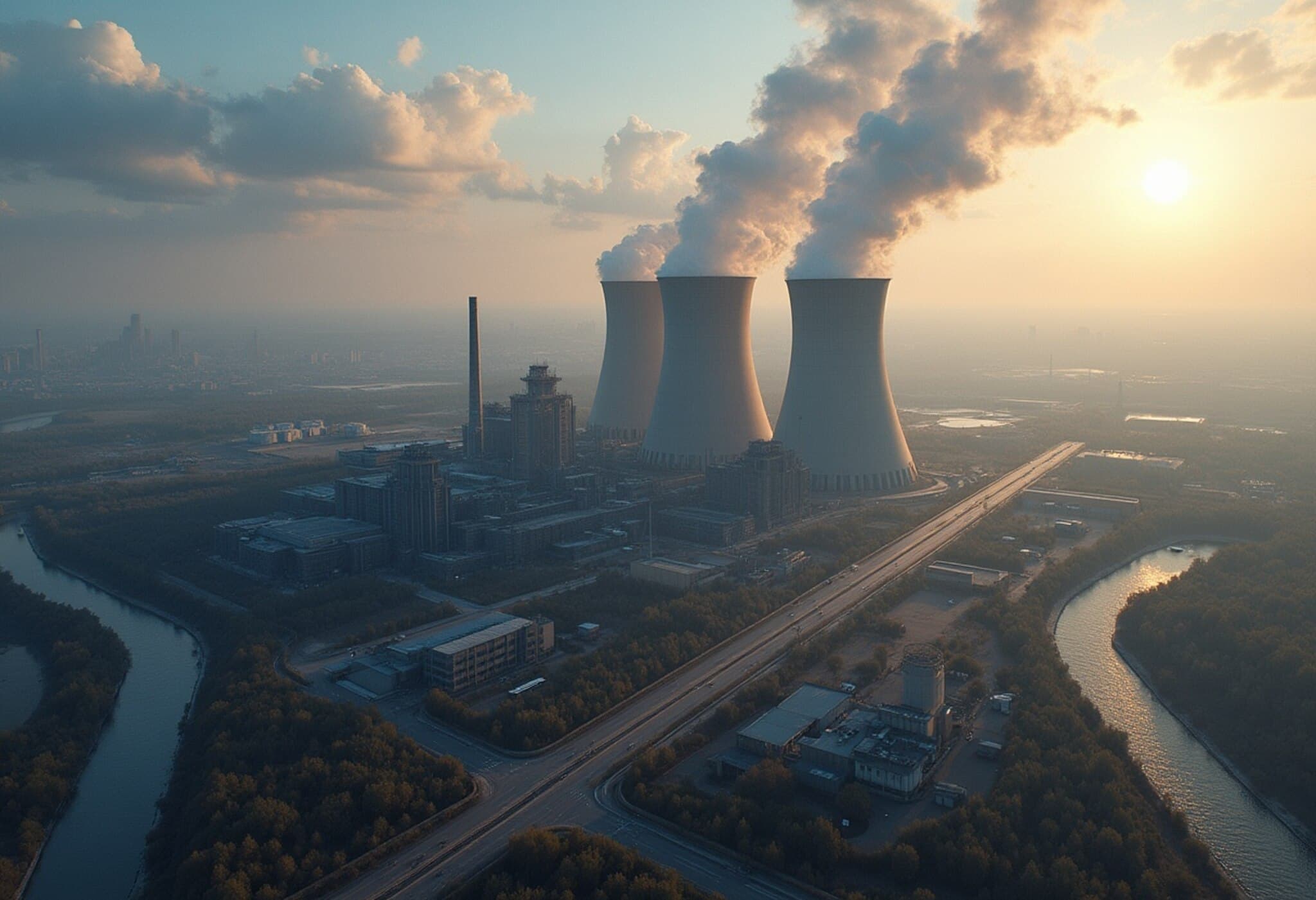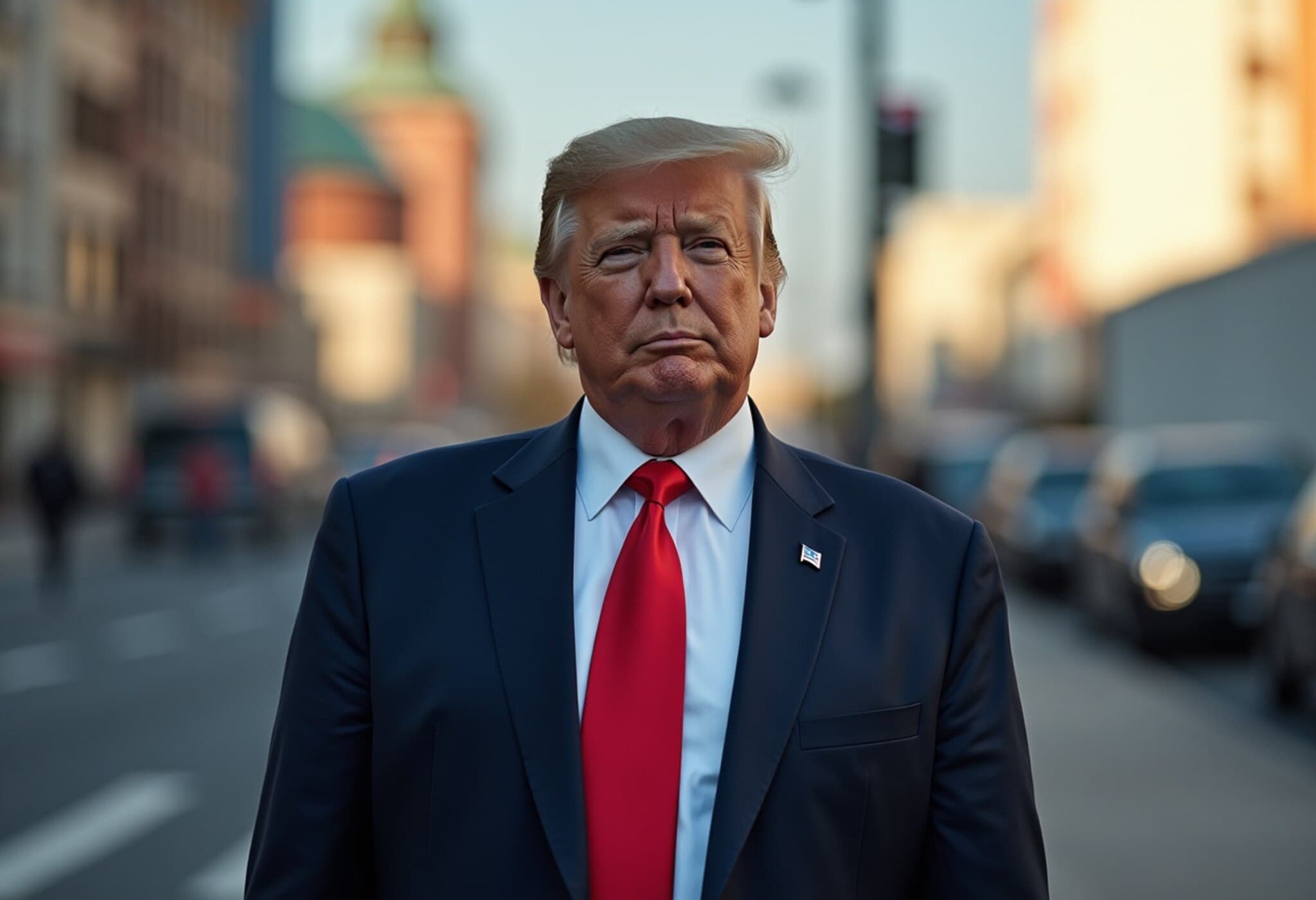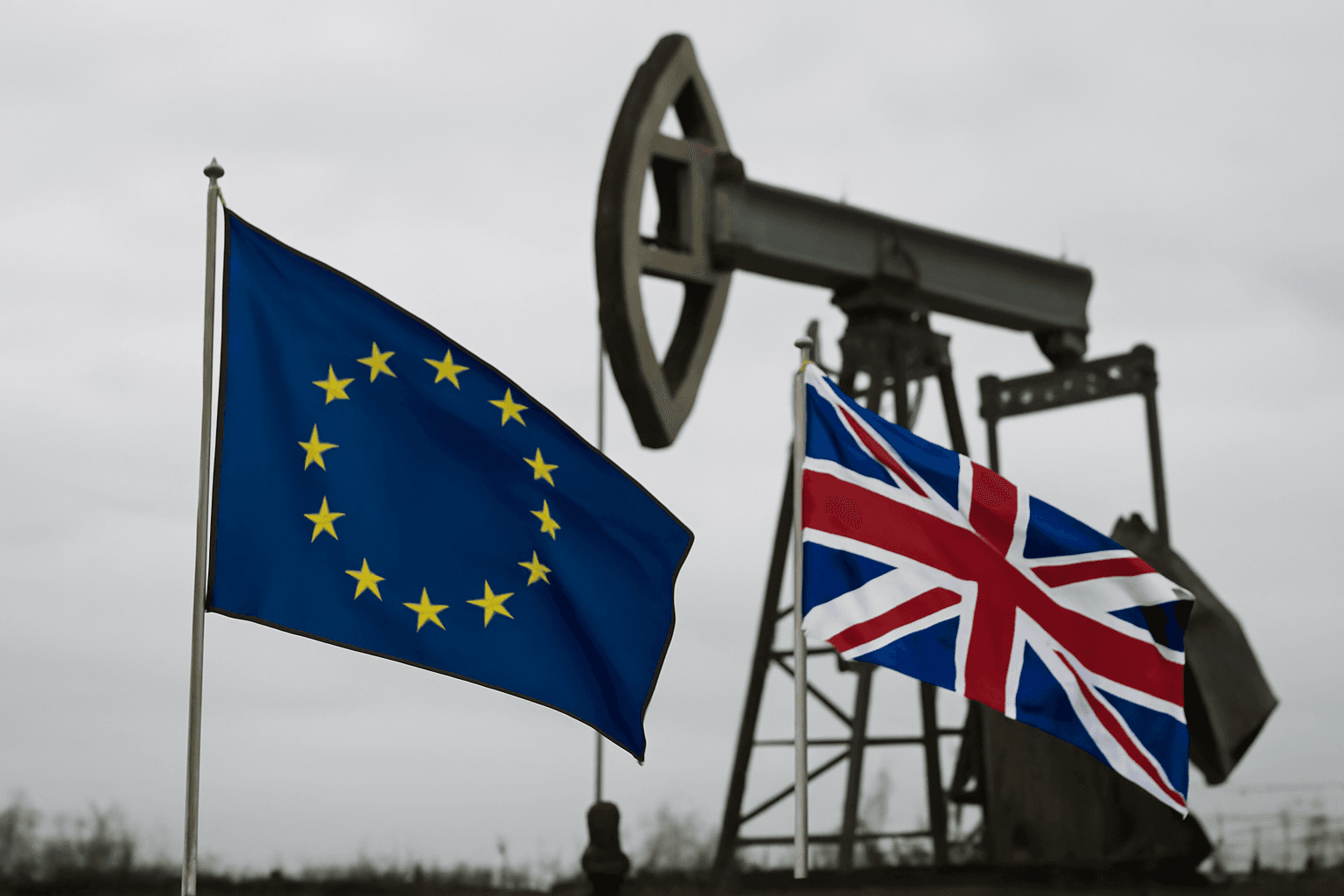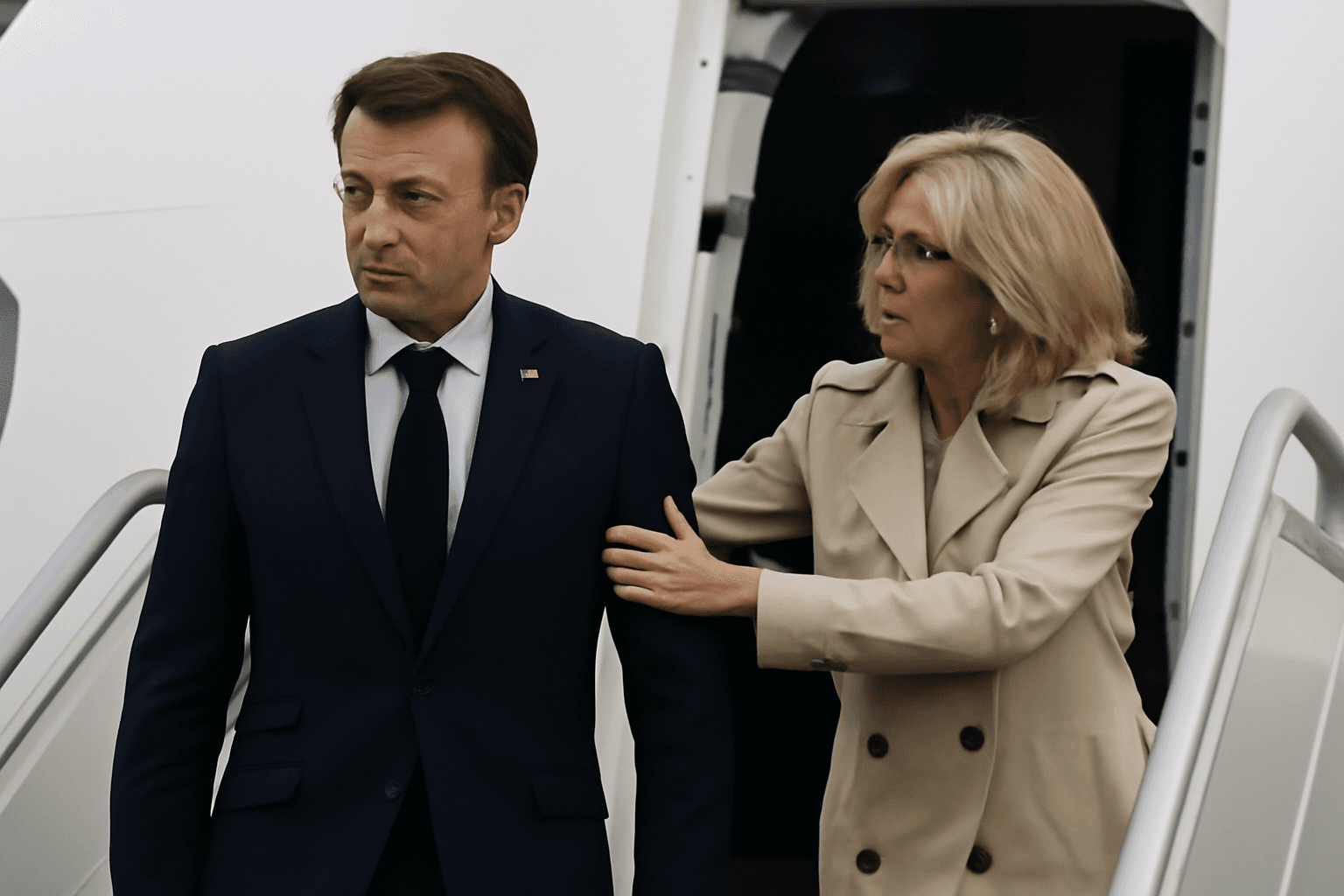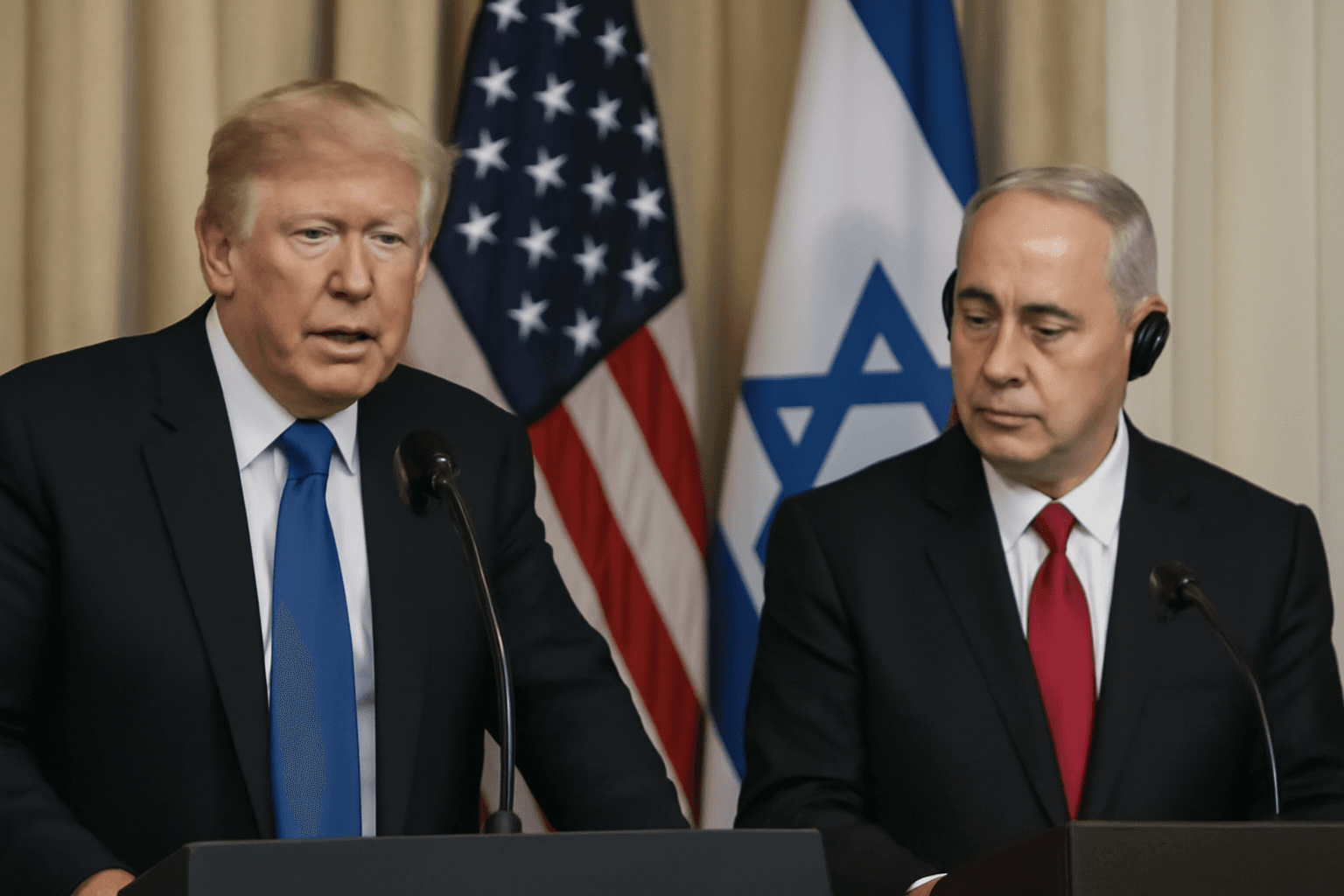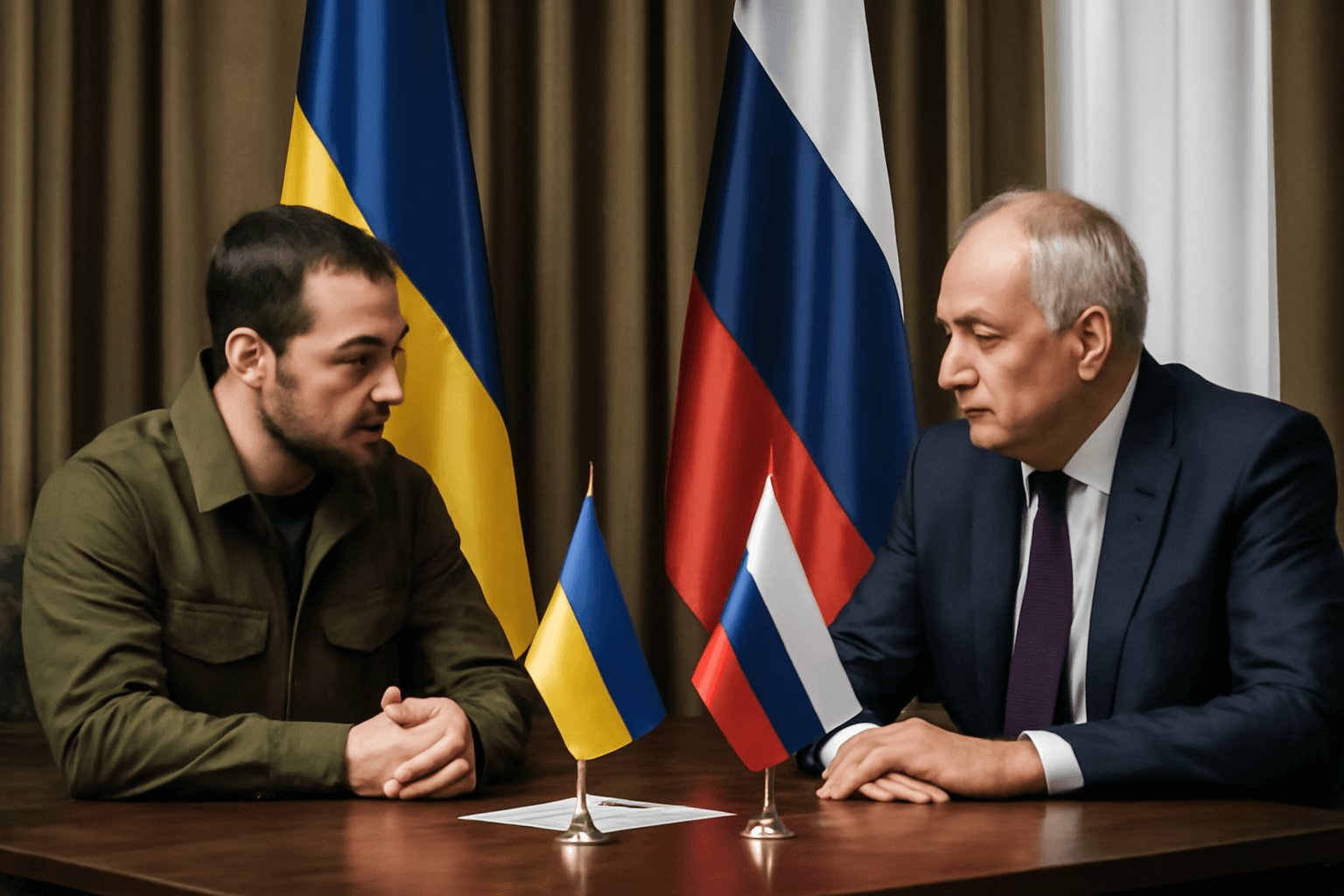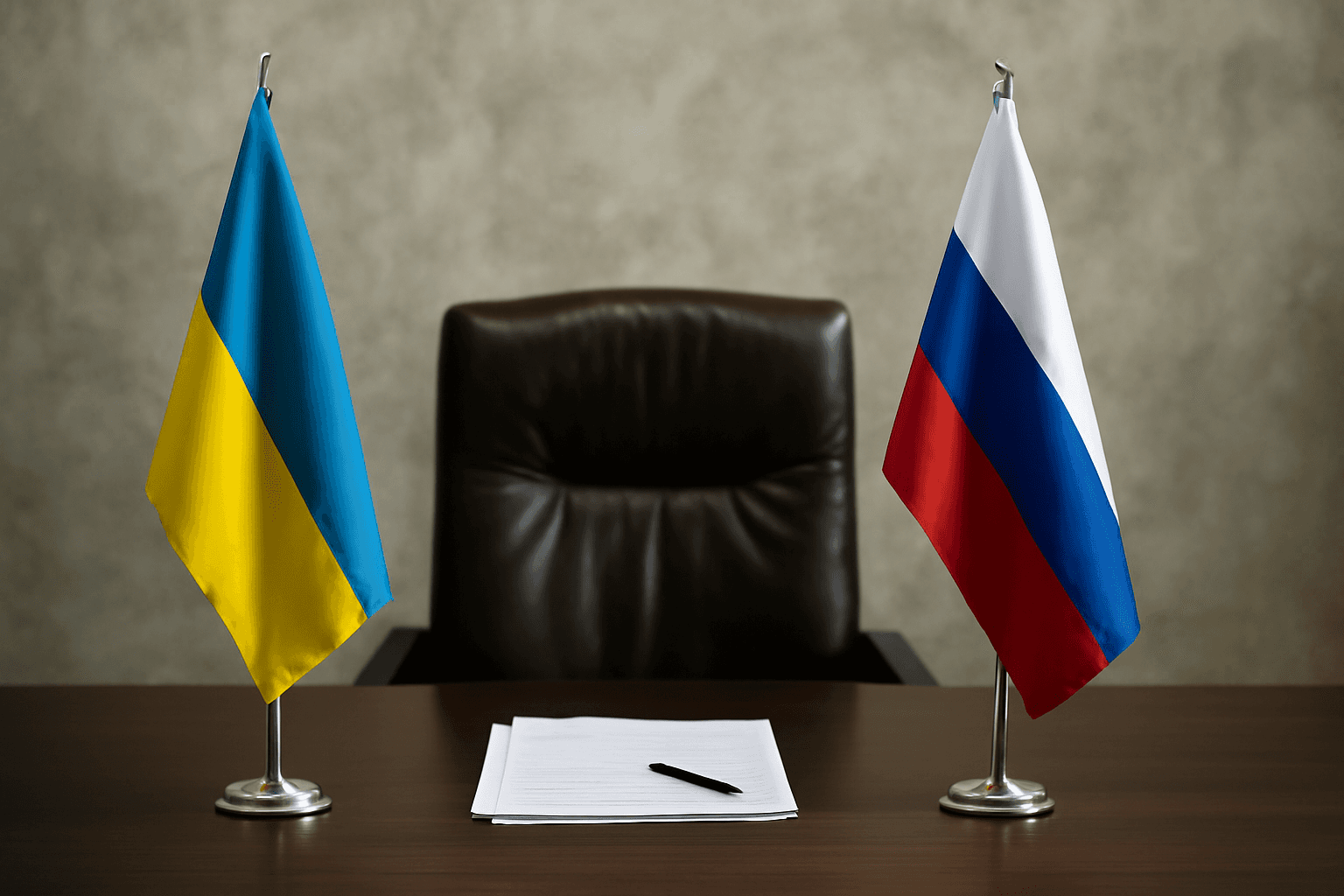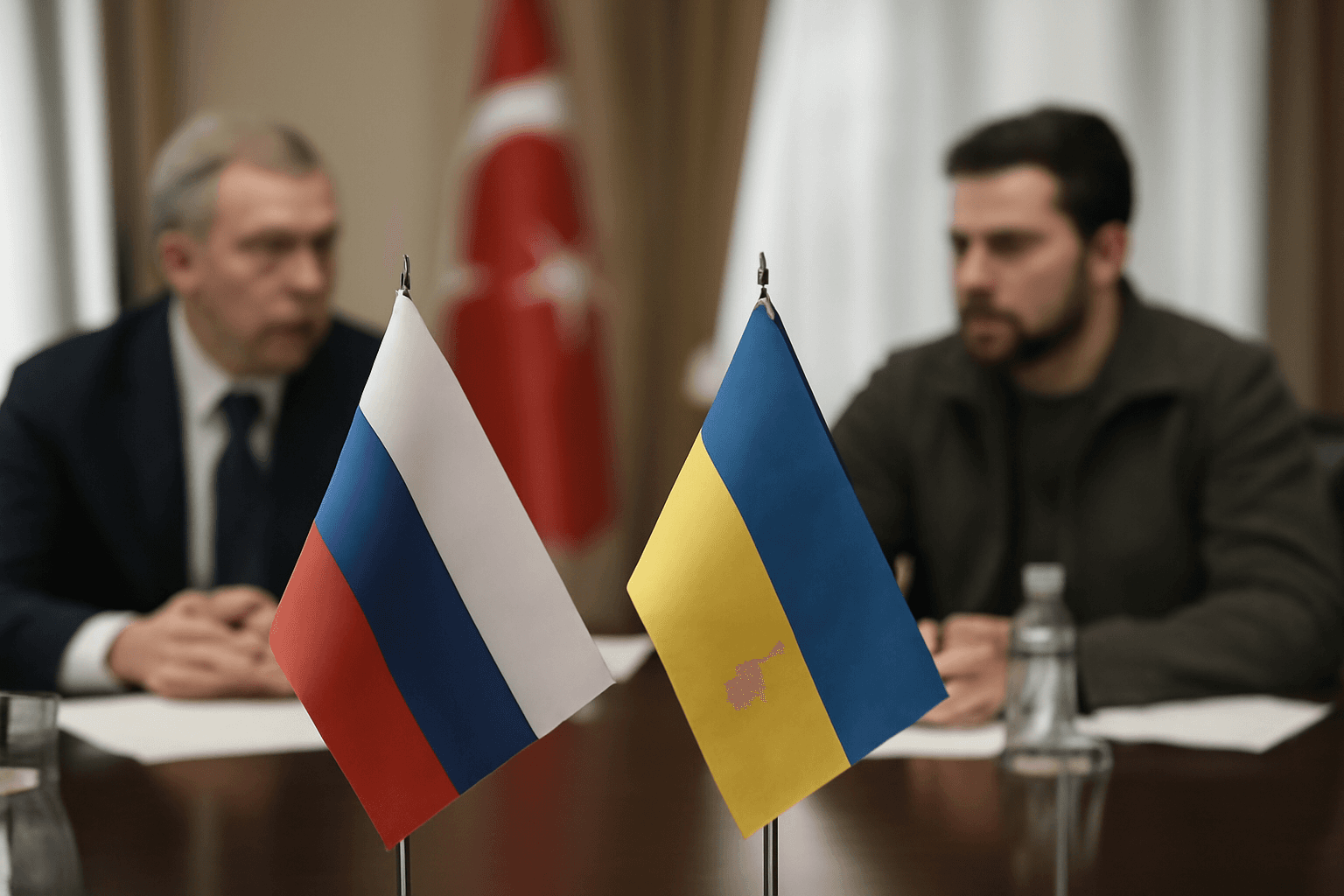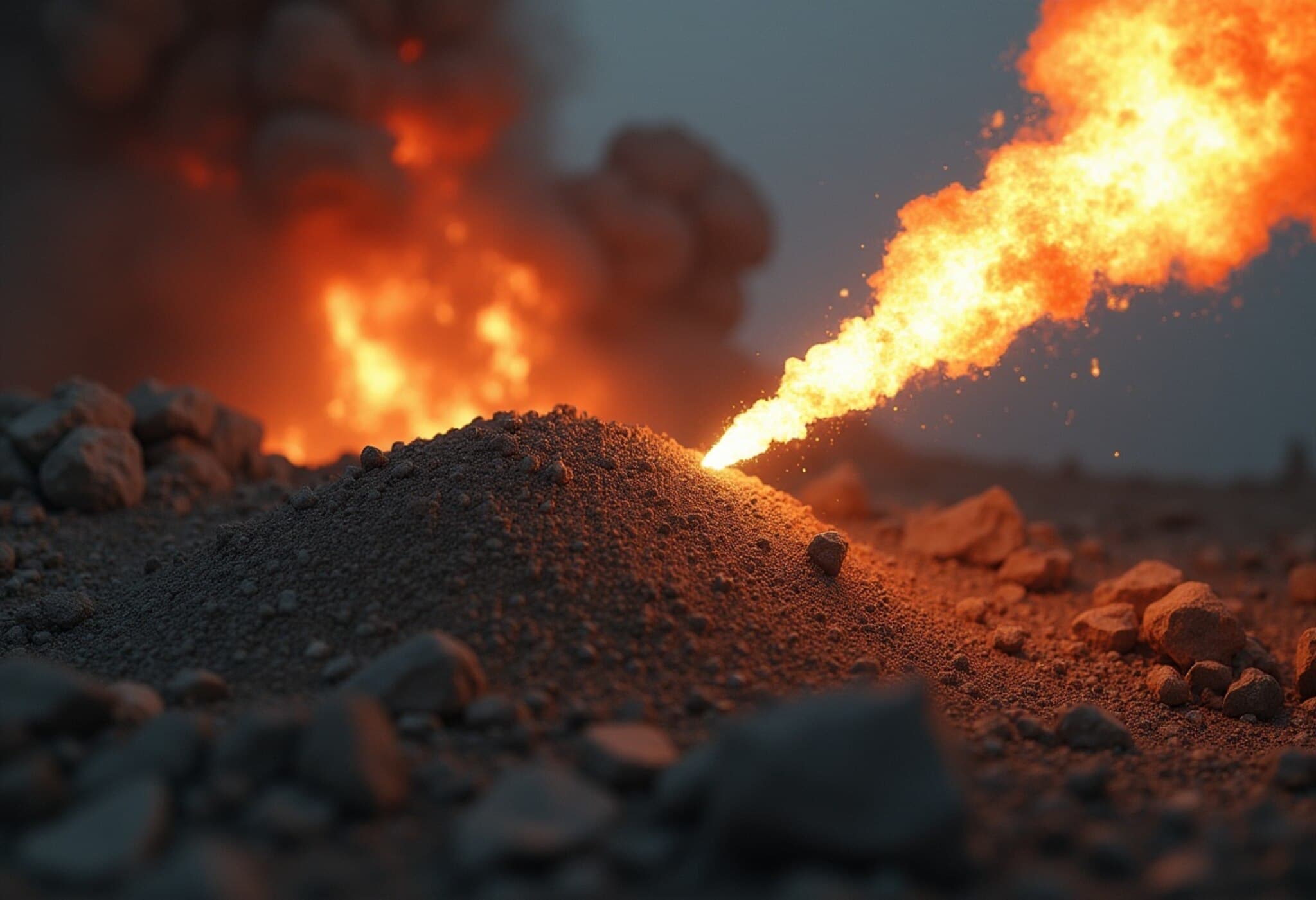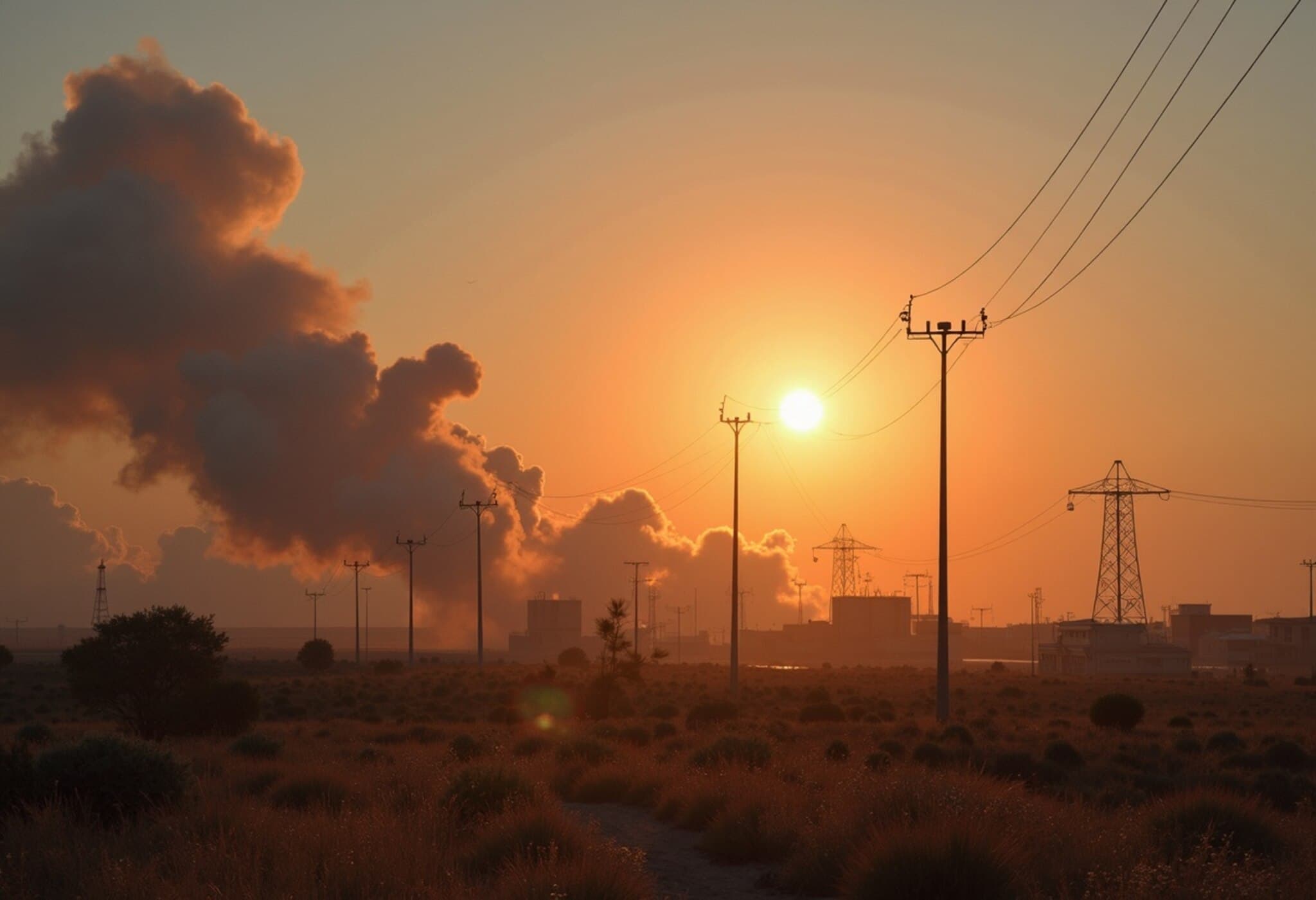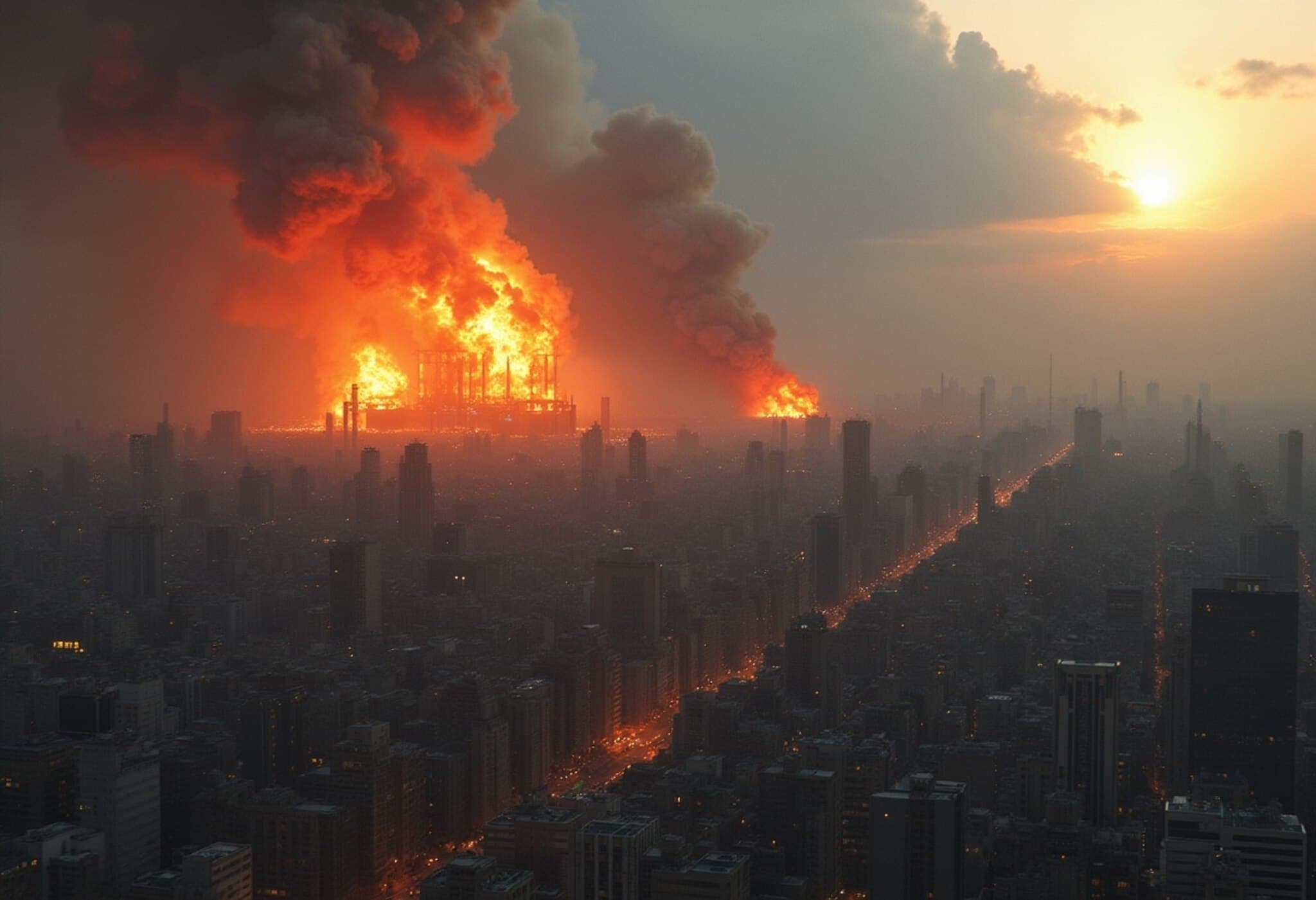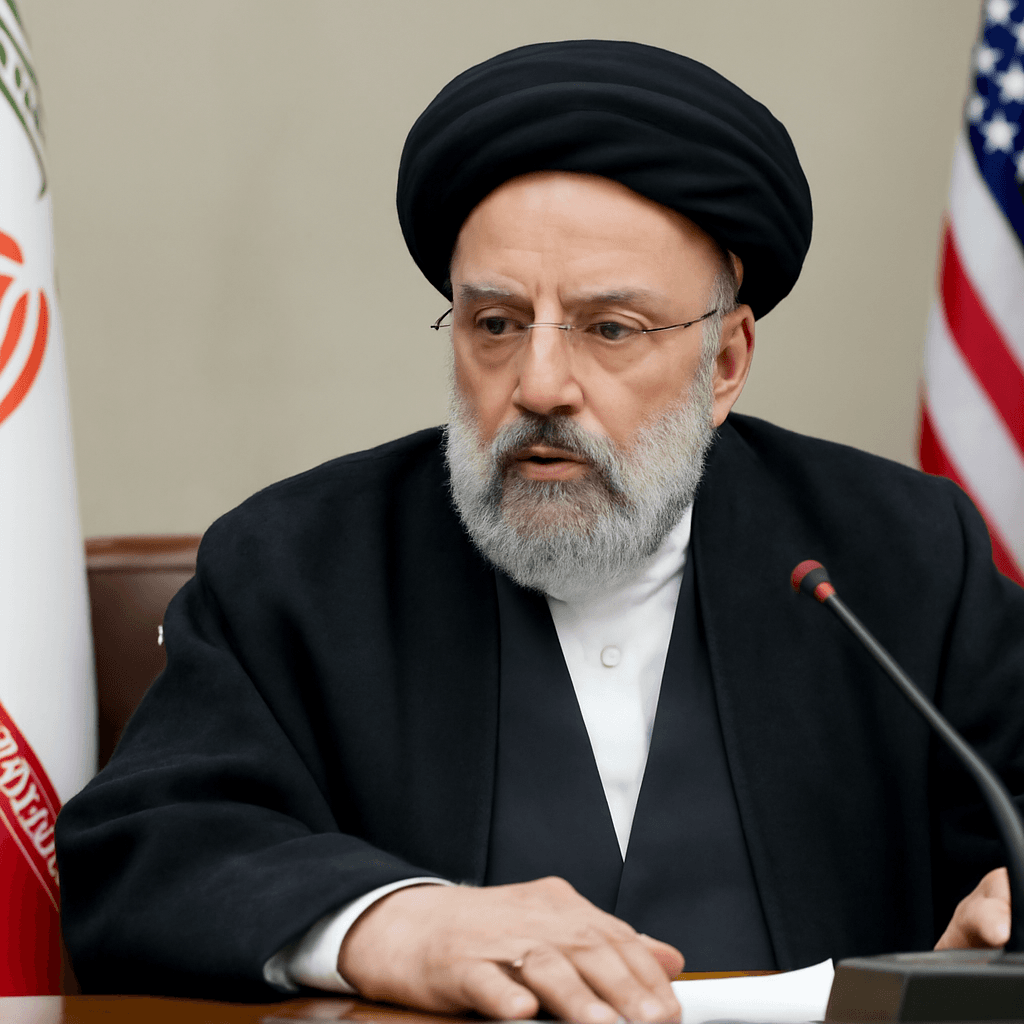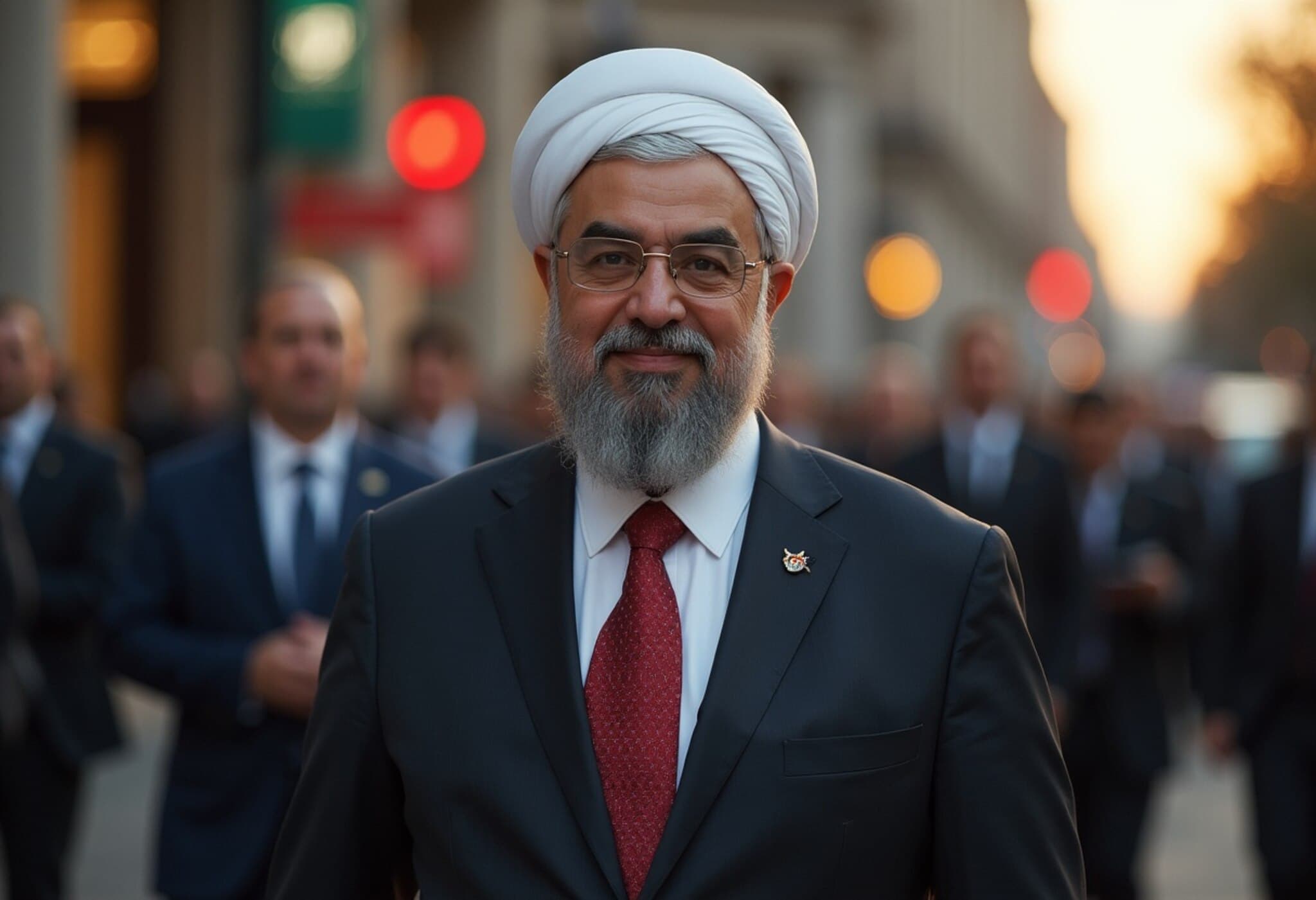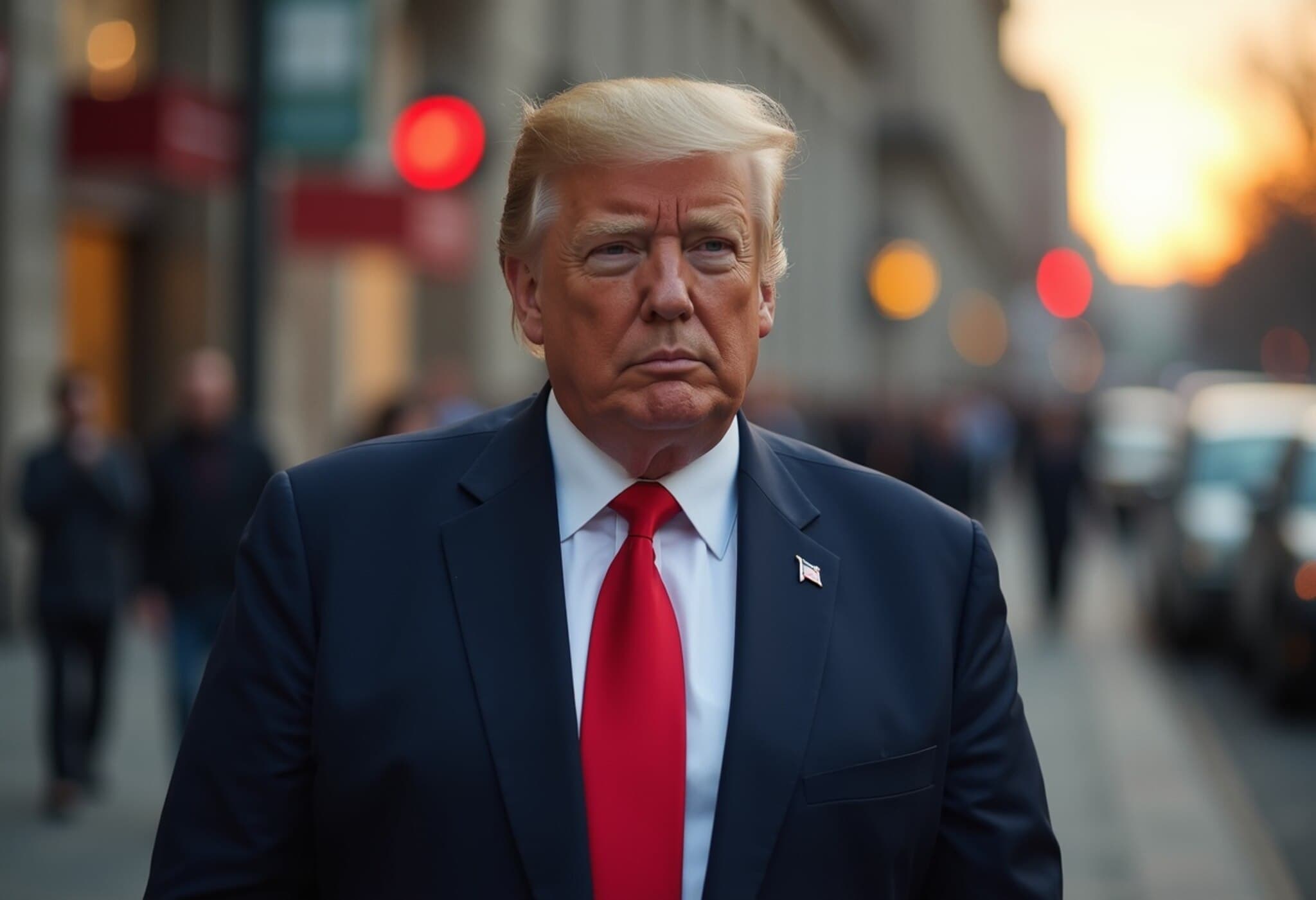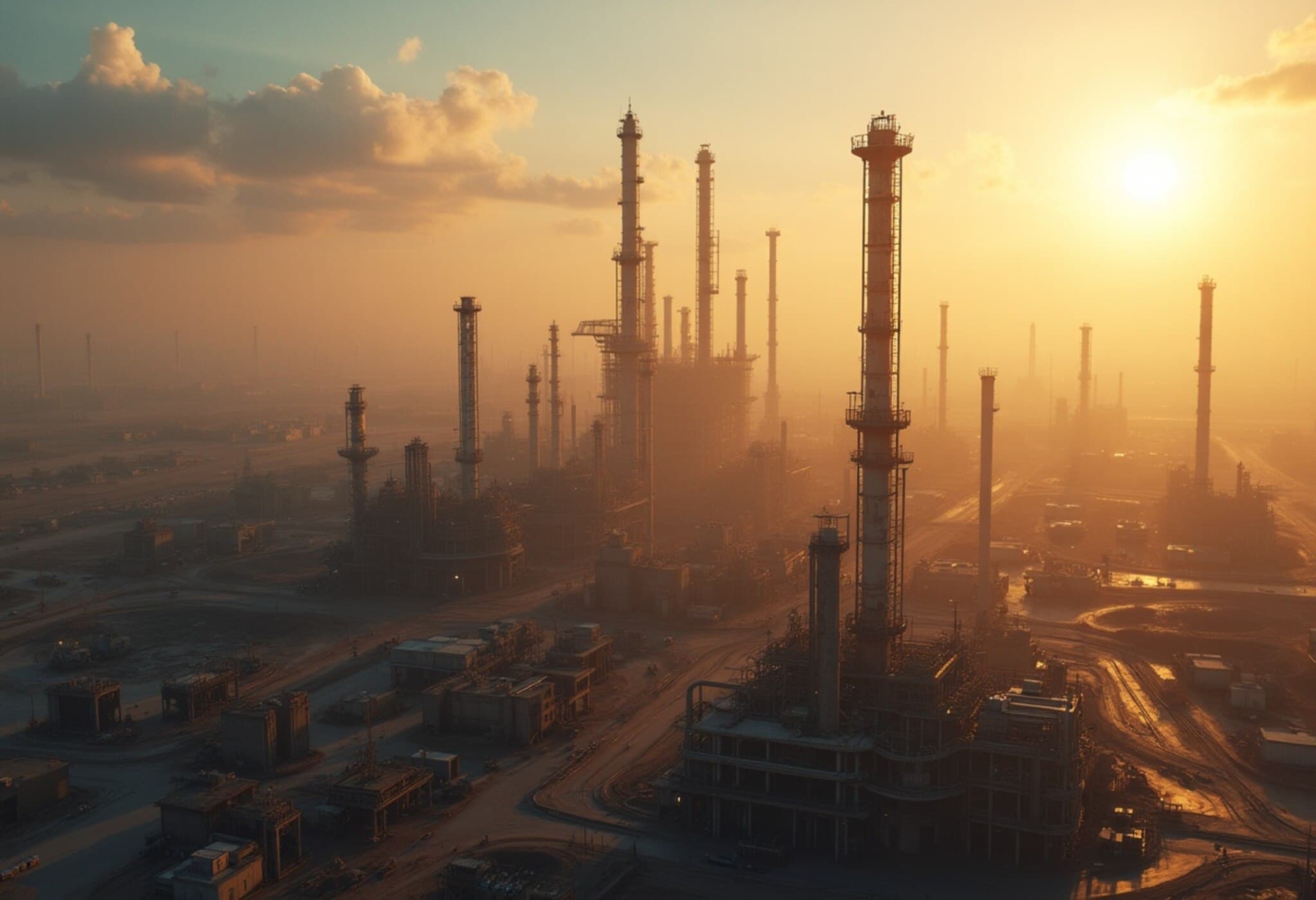Russia’s Nuclear Influence: Beyond Oil and Weapons
While global attention remains fixated on nuclear tensions in Iran, another major player quietly dominates the international nuclear energy arena: Russia. Far from overt conflict resources like oil or conventional arms, Russia’s extensive control over nuclear technology and enriched uranium exports plays a pivotal role in sustaining its geopolitical strength amid ongoing conflicts.
Rosatom’s Global Reach in Nuclear Technology
Russia’s state-owned nuclear corporation, Rosatom, holds a staggering 65% of the worldwide market for nuclear reactors used in power stations. Even more eye-opening is Moscow’s command over 44% of global uranium-enrichment capacity, a critical component in nuclear fuel production.
These figures underline how Russia’s dominance in nuclear technology isn’t just about energy—it amplifies Moscow’s geopolitical leverage and its influence over nuclear safety and proliferation worldwide.
Clients from Allies and Adversaries Alike
Rosatom’s projects span the globe, constructing around 20 reactors internationally, with active developments in countries such as Turkey, Egypt, India, and Bangladesh. Intriguingly, some customers are critics or rivals of Russia, including parts of Europe and even the United States.
Despite strained relations and sanctions following Russia’s 2022 invasion of Ukraine, Western countries remain reliant on Russian enriched uranium. For example, in 2023, the US imported roughly 25% of its enriched uranium from Russia, underscoring how intertwined global nuclear supply chains truly are.
This reliance translates into substantial revenue for Russia, with World Bank data indicating earnings of approximately $2.7 billion from enriched uranium exports in 2023, chiefly to the US and EU, alongside $1.1 billion from reactor and component sales.
Economic Muscle and Strategic Leverage
In 2023 alone, Rosatom’s foreign ventures reportedly generated over $16 billion in revenue, including more than $7 billion from new power plant constructions backed by Russian state loans. Such financial gains have surged since the outbreak of Ukraine’s conflict.
Russia’s nuclear exports aren’t just commercial—they provide Moscow with potent diplomatic influence. For instance, proposals from the European Union to tax Russian enriched uranium faced stiff opposition from member states like Hungary and Slovakia, which operate Russian-designed reactors. Similarly, Turkey’s ongoing collaboration with Rosatom on four nuclear reactors has deepened bilateral ties, influencing military procurements like Russia’s S-400 missile systems. Bangladesh’s expansion of nuclear capacity through Russian-built reactors further illustrates this sway.
Western Response: Strategic Decoupling and Competition
Western nations are adopting a twofold approach to counterbalance Russia’s dominance:
- Reducing dependence on Russian nuclear fuel, enriched uranium, and related services.
- Fostering alternative suppliers and ramping up domestic capacity for nuclear enrichment and reactor technology.
In 2023, the United States, United Kingdom, Canada, France, and Japan launched the "Sapporo Five" alliance, committing to at least $4.2 billion in new enrichment capacity investments. Their goal: to challenge and eventually surpass Russia’s grip on the nuclear market.
Conclusion: Nuclear Power as a Silent Ally in Conflict
Russia’s extensive control over nuclear technology and fuel exports quietly underpins its sustained military and geopolitical efforts. By maintaining crucial roles in the global nuclear supply chain, Moscow wields influence far beyond the battlefield—blending economic interests, diplomatic leverage, and strategic partnerships. How effectively the West can disrupt this dominance will be a defining factor in shifting the balance of power in nuclear energy and geopolitics.

